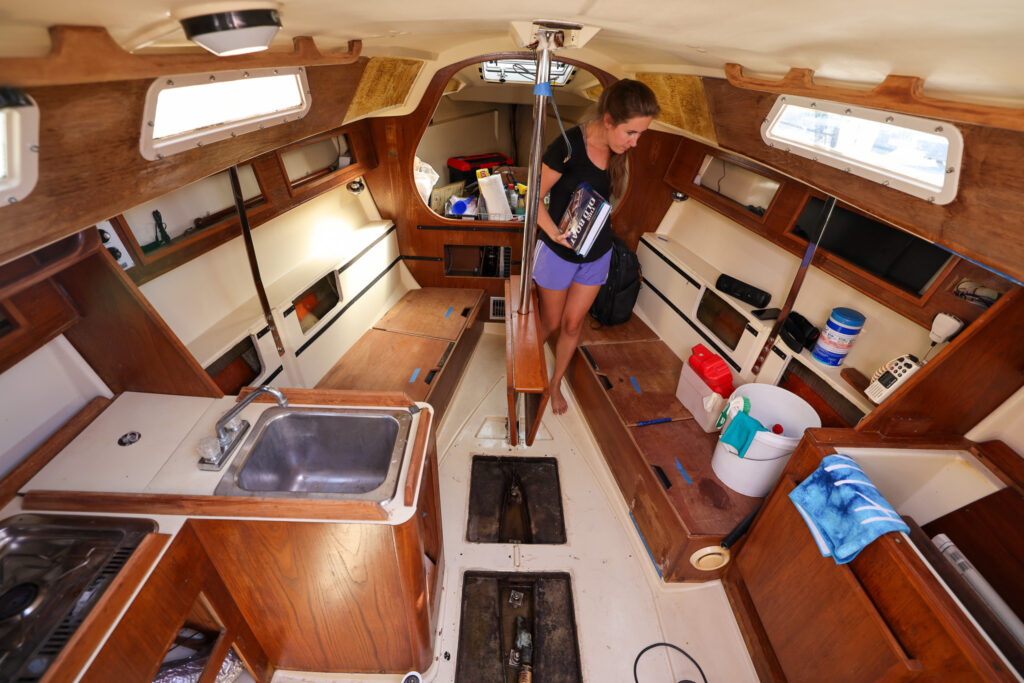Building a kayak can be an immensely rewarding experience, allowing you to create a personalized vessel that suits your paddling needs while offering the satisfaction of crafting something with your own hands. This guide will walk you through the essential steps of constructing a kayak, from selecting materials to the finishing touches, ensuring your kayak is both functional and beautiful.
Materials and Planning
The first step in building a kayak is selecting the right materials. Plywood is a popular choice for the hull due to its balance of strength and weight. Marine-grade plywood, in particular, is ideal because it is treated to resist moisture and rot. Additionally, you will need epoxy resin, fiberglass cloth, wood strips for the frame, and various tools such as saws, clamps, and sandpaper.

Before diving into construction, it is crucial to have a detailed plan or set of blueprints. These plans should outline the dimensions, shapes, and assembly instructions for your kayak. Many enthusiasts recommend starting with a kit, which includes pre-cut pieces and detailed instructions, especially for beginners.
Building the Frame
Begin by constructing the kayak’s frame, which acts as the skeleton of your vessel. This typically involves assembling a series of ribs and a keel, which provide the basic shape and structural support. The ribs are usually cut from plywood and attached to a strongback, a temporary spine that holds everything in place during construction. The keel, running along the bottom of the kayak, is attached to the ribs, ensuring the frame maintains the desired shape.
Adding the Hull and Deck
Once the frame is complete, the next step is to attach the hull. This involves fitting plywood panels to the frame, forming the kayak’s bottom and sides. These panels are often stitched together using wire or zip ties in a method called stitch and glue. The seams between panels are then reinforced with epoxy and fiberglass tape, creating a watertight and durable bond. After the hull is assembled, you can move on to the deck. The deck is typically constructed in a similar manner to the hull, using plywood or wood strips. It is essential to ensure a good fit between the hull and deck, as this will affect the kayak’s performance and durability. Once fitted, the deck is also reinforced with epoxy and fiberglass.
Sanding and Finishing
With the basic structure of your kayak in place, it is time to move on to sanding and finishing. Sanding is a critical step that ensures the kayak’s surface is smooth and free of imperfections. Start with a coarse grit sandpaper to remove any rough edges and gradually move to finer grits for a polished finish. Once sanding is complete, apply a layer of epoxy resin to seal the wood and provide a waterproof barrier. Multiple coats may be necessary, with light sanding between each coat for optimal adhesion and How To Build a Kayak. After the final coat of epoxy, you can add a layer of marine varnish for UV protection and an attractive finish.
Outfitting and Launching
The final step in building your kayak is outfitting it with necessary accessories and hardware. This includes installing the seat, foot braces, and any deck rigging or storage hatches. Ensure all components are securely attached and that the kayak is balanced and comfortable for paddling. Building a kayak is a journey that combines craftsmanship, patience, and passion. By following these steps, you will create a custom kayak that not only reflects your personal touch but also performs beautifully on the water.